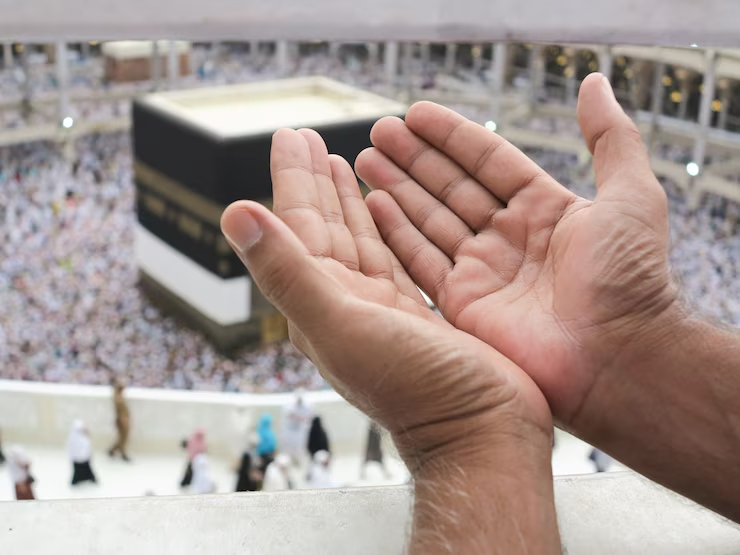
Hajj is one of the five pillars of Islam and represents the spiritual pinnacle of a Muslim’s faith. It is a sacred pilgrimage to the holy city of Makkah (Mecca) in Saudi Arabia, performed once a year during the Islamic month of Dhu al-Hijjah. Every able-bodied Muslim who can afford it is required to perform Hajj at least once in their lifetime.
Hajj is not just a physical journey—it’s a profound act of worship, humility, and submission to Allah (SWT), uniting Muslims from every corner of the globe.
Hajj commemorates the acts of Prophet Ibrahim (Abraham) and his family:
Each ritual of Hajj reflects these powerful stories, symbolizing sacrifice, patience, and unity.
The pilgrimage spans five to six days, and the key rituals include:
One of the most striking aspects of Hajj is its unifying power. Millions of Muslims from different backgrounds, cultures, and languages stand shoulder to shoulder in worship—dressed alike, performing the same acts of devotion. It’s a living symbol of the equality and brotherhood in Islam.